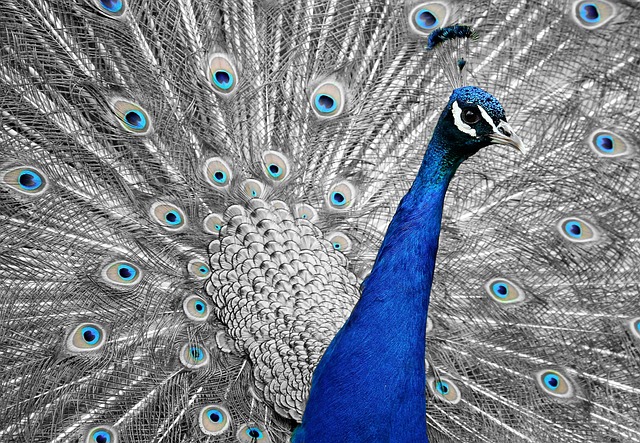The practice of silhouette study is a fascinating intersection of fine arts and cultural expression. At its essence, silhouette study distills complex human emotions and cultural narratives into simple yet striking forms. As one gazes upon a silhouette, be it of a person, object, or scene, they step into a world where details fade, yet the essence remains. This artistic discipline serves as a powerful reminder of how art can communicate deeper meanings through minimalistic forms.
Historically, silhouettes have transcended mere artistic representation. These shadowy figures have roots that delve into various cultures, each adding a unique stamp to the art form. From the elegant court profiles of 18th-century Europe to the traditional shadow play of Southeast Asia, the silhouette study has manifested in diverse ways, often reflecting the sociopolitical climates of their times. The art form acts as a cultural lens, offering insights into the values, struggles, and identities of different societies.
Engaging in silhouette study encourages artists and viewers alike to reflect on the cultural underpinnings that shape our perceptions. Every cut and curve tells a story; the profile captures not just a face but the spirit of epochs gone by. Artists can spend years honing their craft, exploring how the simplest shapes can evoke profound feelings and connections. Whether through paper cutting, digital media, or painting, each technique adds layers of significance to the shadowy forms.
In contemporary art, silhouette study has evolved, incorporating modern technologies and an array of materials to breathe new life into the traditional practice. Digital platforms allow artists to manipulate and enhance their silhouettes, expanding the possibilities of creative expression. Moreover, as cultures converge in our increasingly global society, the fusion of styles results in silhouettes that embody multiple identities, further enriching the narrative depth of the art.
In drawing, the silhouette prominently serves as a way to understand form and space. Artists explore the negative space created by silhouettes, discovering the balance between light and dark. This exploration not only enhances their technical skills but also deepens their appreciation for the nuanced ways in which visuals convey emotion. Each line or curve in a silhouette can resonate with its audience, prompting them to reflect on their own cultural backgrounds and experiences.
Furthermore, silhouette study fosters a sense of community within various artistic circles. Artists often share their interpretations through exhibitions and social media, sparking dialogues about cultural representation and the significance of identity in art. This collaboration enriches the art community, allowing for a fusion of ideas that push the boundaries of what silhouettes can express.
As you delve deeper into the world of silhouette study, consider how this art form intersects with your own cultural experiences. Reflect on the standings of tradition and modernity, asking yourself how these elements contribute to the narrative a silhouette tells. Engaging with silhouettes not only opens a window to understanding other cultures, but it also encourages self-exploration and personal expression through the timeless medium of art.




